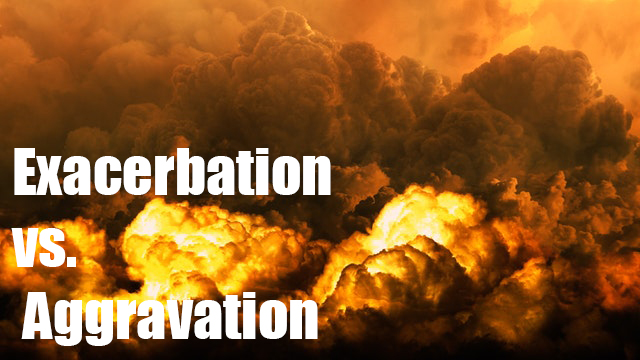- impair (v.) l, from Old French empeirier, from Latin impeiorare “make worse.” In reference to driving under the influence of alcohol, first recorded 1951 in Canadian English.
Okay…. But what does Impairment mean in the world of Workers’ Compensation?
If you’re a medical professional who examines injured employees, then impairment means “a loss, loss of use, or derangement.” (That’s straight out of the in the AMA Guides 5th Edition, Chapter 1, page 2.)
An injured worker’s impairment is considered permanent when the injury reaches “maximum medical improvement” or “MMI”.
Maximal medical improvement means the patient’s condition is unlikely to change in one year.
The AMA Guides 5th edition refers to impairment as permanent impairment. Permanent impairment requires evaluation of a physician.
Remember, loss, loss of use, or derangement means a change from normal.
So, let’s take this example: imagine a 27-year-old construction worker who has injured her right shoulder. At MMI, you as a doctor, measure the injured shoulder, which flexes to 160°, and then you measure the uninjured shoulder, which comes out to 180°. Does this patient have impairment?
The answer yes, because the employee has lost 20° of use.

